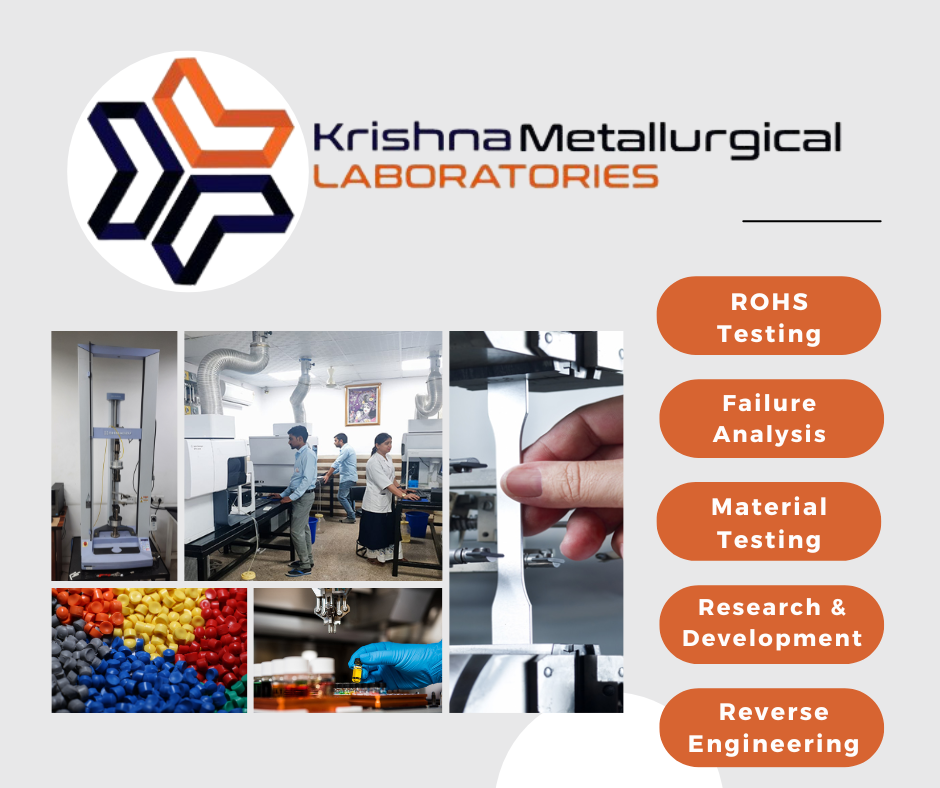Optical Emission Spectrometry (OES) is a fundamental technique in the field of analytical chemistry. It plays a crucial role in elemental analysis due to its capability to identify and measure elements in a diverse range of materials. This makes it an essential tool in industries such as metallurgy and environmental monitoring. In this extensive manual, we will explore the principles, instrumentation, applications, and advancements of Optical Emission Spectrometry. By unraveling the intricacies of its functionality and understanding its significance, we aim to provide a comprehensive understanding of this powerful analytical method.
Understanding the Principles:
Optical Emission Spectrometry is fundamentally based on the emission spectra that occur when atoms within a sample are energized. This stimulation causes electrons to move to higher energy states, and then return to lower states, releasing photons of distinct wavelengths. Through the examination of these photons, the precise elemental makeup of the sample can be identified.
Instrument Overview:
An Optical Emission Spectrometer is typically composed of various essential elements, such as an excitation source, an optical system, and a detection system. The excitation source can be a spark, arc, or inductively coupled plasma (ICP), each with its own unique benefits depending on the specific application. The optical system utilizes diffraction gratings or prisms to separate emitted light, which is subsequently directed to a detector for analysis. Contemporary spectrometers often integrate advanced functionalities like simultaneous multi-element detection and automated sample handling, thereby improving efficiency and precision.
Applications Across Industries:
Optical Emission Spectrometry’s versatility allows for its extensive use in a range of industries and research areas. Within metallurgy, it plays a vital role in ensuring the quality of metals and alloys by accurately determining their elemental composition and impurity levels. In environmental analysis, OES assists in monitoring pollutants and trace elements in soil, water, and air samples, thereby contributing to efforts toward environmental sustainability. Moreover, it finds practical applications in pharmaceuticals, food safety, forensics, and material testing, highlighting its importance across diverse domains.
Advancements and Innovations:
Throughout the years, the progress made in Optical Emission Spectrometry has propelled this method to reach new levels of performance and adaptability. The reduction in size of the equipment has resulted in the creation of portable and handheld OES devices, which provide elemental analysis directly at the site with unmatched convenience. The integration of data analysis software and artificial intelligence algorithms has additionally improved the speed and precision of elemental quantification, leading to a revolution in analytical workflows. Furthermore, ongoing research endeavors aim to broaden the capabilities of OES by extending its detection limits and enhancing its suitability for complex sample matrices.
Conclusion:
To summarize, Optical Emission Spectrometry is a highly effective method for analyzing elements, offering extensive applications across various industries and research fields. By utilizing the principles of atomic emission spectroscopy and taking advantage of advancements in instrumentation and technology, OES remains at the forefront of innovation, facilitating significant discoveries.
Krishna Metallurgical Laboratory provides a comprehensive material testing facility. Our facility spans over 10,000 square feet and is fully air-conditioned. Equipped with cutting-edge infrastructures sourced from renowned industry leaders worldwide, we ensure top-notch quality in our services.

